What does coolant do in a car information
Home » Trend » What does coolant do in a car informationYour What does coolant do in a car images are ready. What does coolant do in a car are a topic that is being searched for and liked by netizens today. You can Get the What does coolant do in a car files here. Find and Download all royalty-free vectors.
If you’re searching for what does coolant do in a car pictures information related to the what does coolant do in a car topic, you have pay a visit to the ideal blog. Our website always gives you suggestions for viewing the highest quality video and image content, please kindly hunt and find more enlightening video articles and images that match your interests.
What Does Coolant Do In A Car. Coolant starts in the radiator before moving into the engine. There are many different types of coolant, so it’s important to know what variety is right for your car or truck. A radiator that sits in close proximity to the front grille of a car moves a gas from the hot part of the vehicle to heat areas where it disperses. Your engine, the cooled portion of the coolant is replaced with a fresher portion.
 Add Antifreeze or Coolant This Winter to Protect Your Car From debrouxautomotive.com
Add Antifreeze or Coolant This Winter to Protect Your Car From debrouxautomotive.com
Car coolant, also known as antifreeze, protects engines from overheating. A responsible car owner knows what the coolant reservoir does and how to check if there is an obvious malfunction. As temperatures drop, a very important liquid is at work in your car to help keep it running. Antifreeze travels through your vehicle’s radiator and engine in a circular fashion, powered by the water pump. Much like oil, coolant serves the basic function of transferring heat and adding antifreeze protection. When the engine warms up, the wax melts, expands and pushes the valve open, allowing coolant to flow through the radiator.
A radiator that sits in close proximity to the front grille of a car moves a gas from the hot part of the vehicle to heat areas where it disperses.
Engine coolant, also known as antifreeze, is mixed with water to keep the radiator from freezing in extreme cold and overheating in extreme heat. The coolant level does not drop when hot, it rises. It stops the water in the system from freezing under normal cold weather conditions and it also raises its boiling point. Cars made before 1998 usually need antifreeze that. When the engine warms up, the wax melts, expands and pushes the valve open, allowing coolant to flow through the radiator. Your vehicle’s cooling is simply designed to cool the engine by carrying its generated heat away.
 Source: wisegeek.com
Source: wisegeek.com
The sensor works by measuring the temperature that’s being given off by the thermostat and/or the coolant itself. As your engine turns over and gets hot, the coolant that passes through and around your engine steals this heat away and carries it to the front of the car where it’s cooled off by the radiator and cooling fans. After leaving the engine, antifreeze moves past your vehicle’s heating core. On most vehicles, the coolant temperature sensor (cts) can be found somewhere near the engine thermostat, which allows it to function optimally. Its primary function is to absorb the excess heat that the engine produces to prevent your motor from overheating.
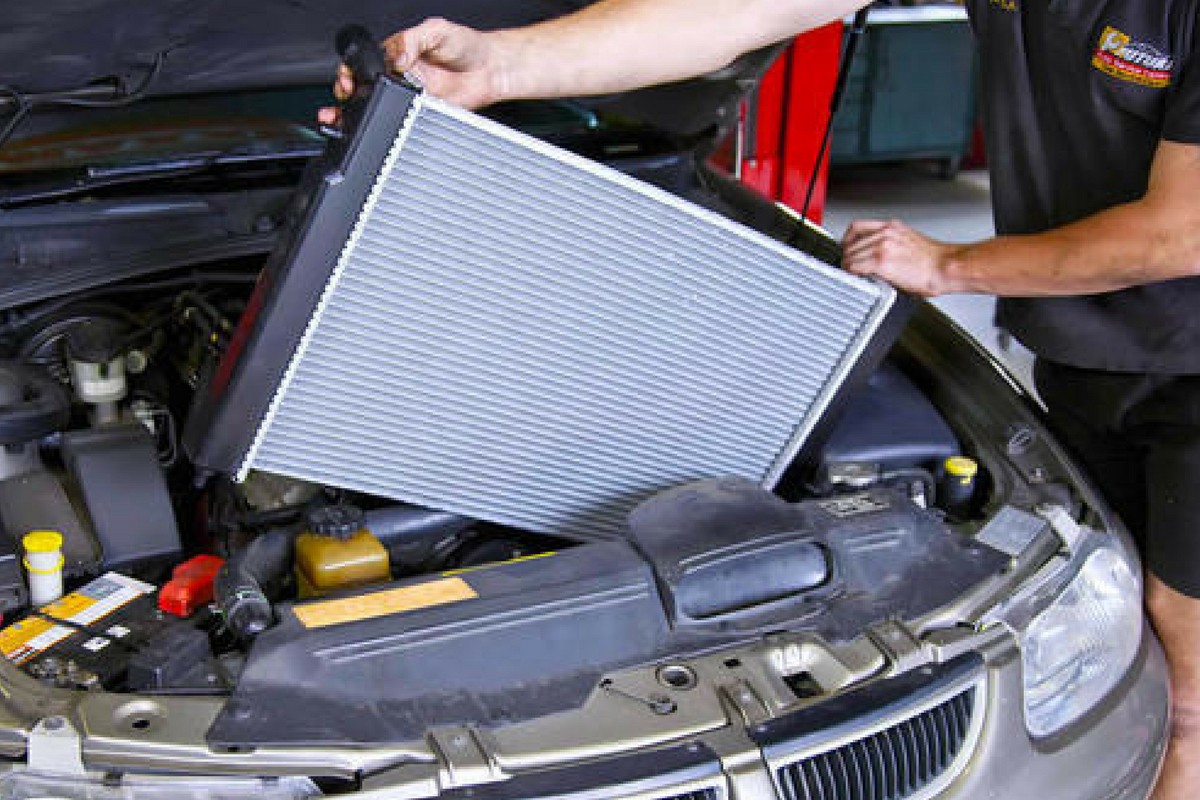 Source: auto-domain.com
Source: auto-domain.com
There are many different types of coolant, so it’s important to know what variety is right for your car or truck. When a vehicle radiator overheats and overflows, many people simply add water to the radiator and forget it. A responsible car owner knows what the coolant reservoir does and how to check if there is an obvious malfunction. There, it takes on heat that your car’s internal combustion engine naturally creates. While adding water is a good temporary stopgap measure, you should always add antifreeze to the radiator or radiator reserve tank as soon as possible.
 Source: autocorrectcarcare.com
Source: autocorrectcarcare.com
Known traditionally as “antifreeze” and sometimes thought of as “coolant,” this fluid runs in a circular pattern under the hood to maintain the temperature for key components, especially the engine. As the radiator cools the fluid, the coolant becomes denser and falls. If your car runs out of coolant on the road, you’ll likely experience the following: Antifreeze does more than just regulate temperature, however. Car coolant, also known as antifreeze, protects engines from overheating.
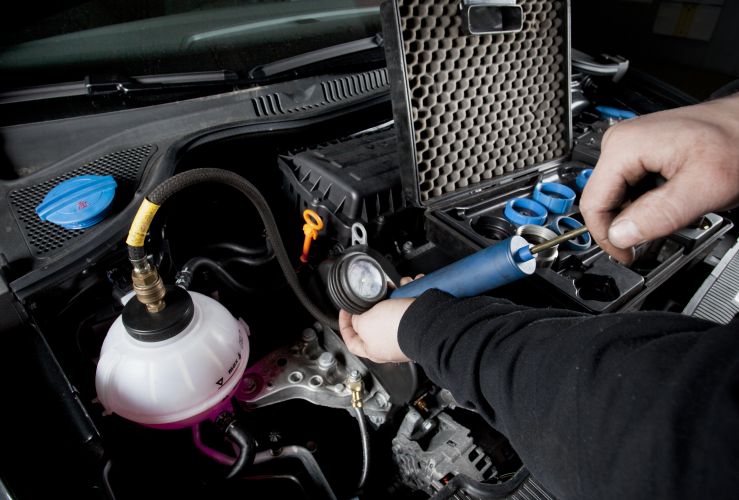 Source: startrescue.co.uk
Source: startrescue.co.uk
This type of coolant uses organic acids as an inhibitor. After leaving the engine, antifreeze moves past your vehicle’s heating core. This component of your vehicle plays a major role in keeping the entire engine running smoothly. A responsible car owner knows what the coolant reservoir does and how to check if there is an obvious malfunction. Coolant starts in the radiator before moving into the engine.
 Source: autocorrectcarcare.com
Source: autocorrectcarcare.com
It�s usually a dilution of antifreeze. As the temperature outside changes from hot to cold coolant is pumped throughout the engine block to maintain an even operating temperature. When the engine warms up, the wax melts, expands and pushes the valve open, allowing coolant to flow through the radiator. Coolant is a liquid that�s added to a car�s engine cooling system. Checking up on your coolant is easy to forget, but an engine’s coolant is just as important as oil when it comes to your car.
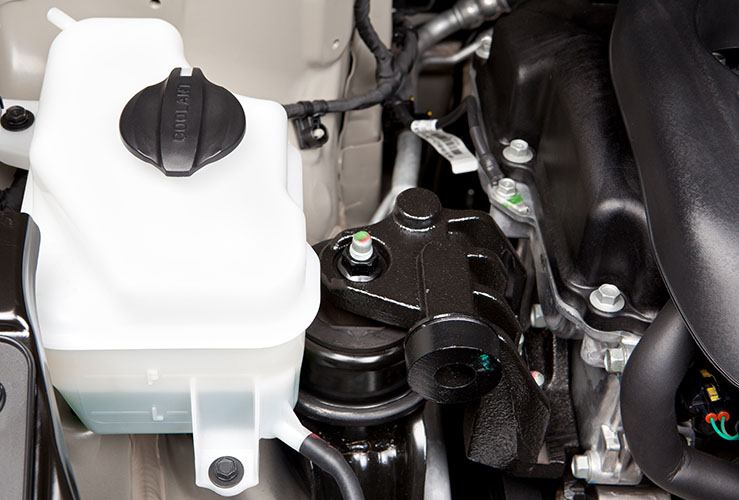 Source: startrescue.co.uk
Source: startrescue.co.uk
As the radiator cools the fluid, the coolant becomes denser and falls. Car coolant, also known as antifreeze, protects engines from overheating. Antifreeze is a liquid that�s added to a car�s engine cooling system. When a vehicle radiator overheats and overflows, many people simply add water to the radiator and forget it. The coolant is then pumped into one side or the top or bottom of the radiator, and begins flowing throughout the radiator�s tubes.
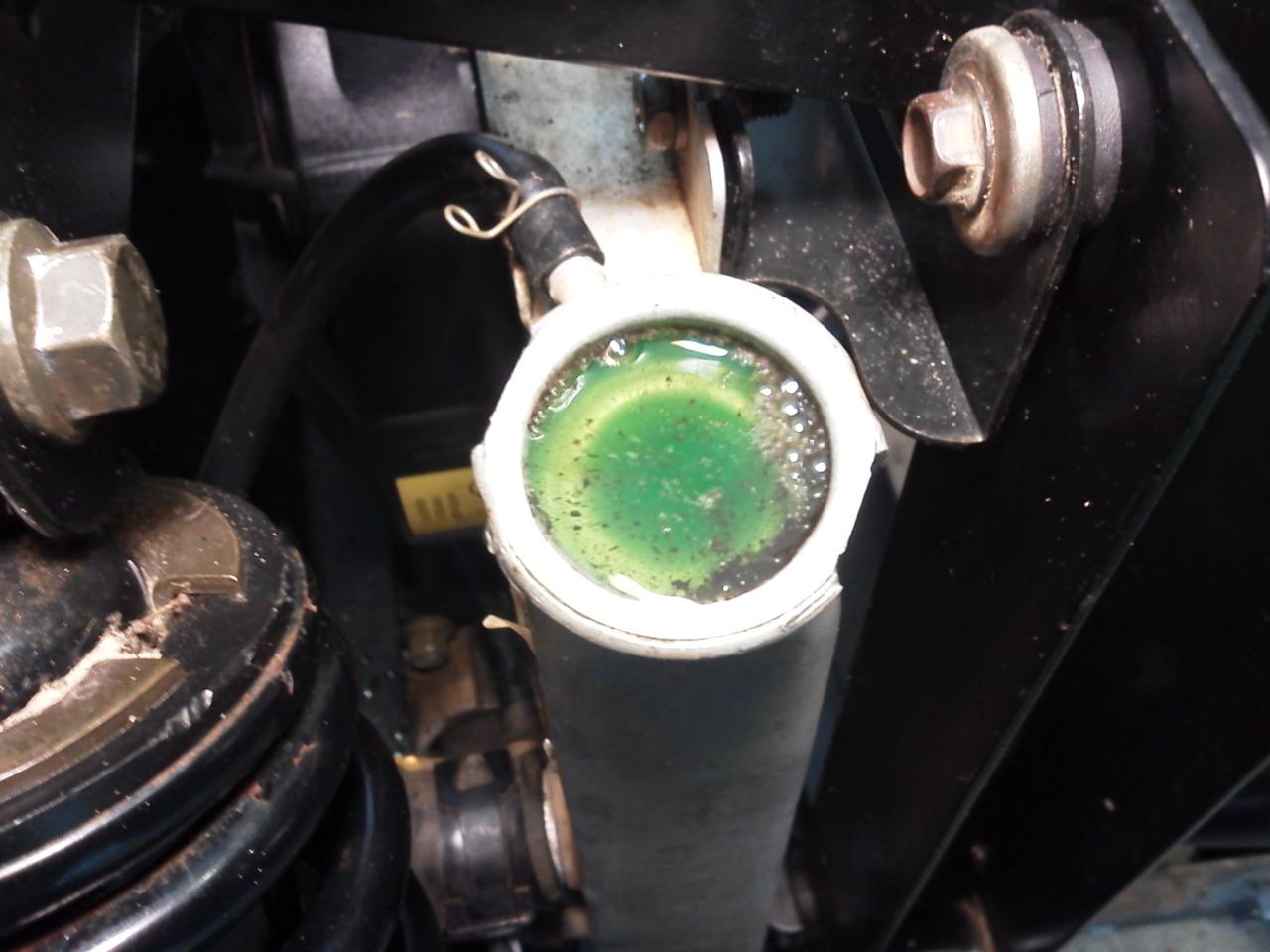 Source: carfromjapan.com
Source: carfromjapan.com
The coolant travels through the hoses from the radiator, through the engine to absorb the excess engine heat, and back to the radiator. As well as lowering the freezing point, it also raises the boiling point of engine coolant. As the radiator cools the fluid, the coolant becomes denser and falls. When the engine warms up, the wax melts, expands and pushes the valve open, allowing coolant to flow through the radiator. The tip of the cts is probably located right next to the engine coolant.
 Source: holtsauto.com
Source: holtsauto.com
Antifreeze is a liquid that�s added to a car�s engine cooling system. When the engine stops and cools, the valve closes again. Your vehicle’s cooling is simply designed to cool the engine by carrying its generated heat away. If your car runs out of coolant on the road, you’ll likely experience the following: The tip of the cts is probably located right next to the engine coolant.
 Source: kellradiatorservice.com
Source: kellradiatorservice.com
Antifreeze, or engine coolant, is a colored liquid that is mixed with water to help regulate your engine during extreme temperatures. Antifreeze is a liquid that�s added to a car�s engine cooling system. This type of coolant uses organic acids as an inhibitor. The coolant is then pumped into one side or the top or bottom of the radiator, and begins flowing throughout the radiator�s tubes. A problem with the coolant reservoir tank can quickly spell disaster for your car and an expensive trip to the auto shop.
 Source: practicalmotoring.com.au
Source: practicalmotoring.com.au
The engine coolant becomes hot itself and so is transferred to a radiator located at the front of the car. Checking up on your coolant is easy to forget, but an engine’s coolant is just as important as oil when it comes to your car. There are many different types of coolant, so it’s important to know what variety is right for your car or truck. The tip of the cts is probably located right next to the engine coolant. Coolant also lubricates the moving parts it comes into contact with, which protects damage to the water pump, head gasket, the cylinder and piston timing.
 Source: vehq.com
Source: vehq.com
Car coolant, also known as antifreeze, protects engines from overheating. Coolant is a mixture of distilled water and ethylene glycol. Much like oil, coolant serves the basic function of transferring heat and adding antifreeze protection. On most vehicles, the coolant temperature sensor (cts) can be found somewhere near the engine thermostat, which allows it to function optimally. It stops the water from freezing under normal cold weather conditions.
 Source: blog.protectmycar.com
Source: blog.protectmycar.com
As temperatures drop, a very important liquid is at work in your car to help keep it running. Coolant also lubricates the moving parts it comes into contact with, which protects damage to the water pump, head gasket, the cylinder and piston timing. Without coolant, your car would stop running. After leaving the engine, antifreeze moves past your vehicle’s heating core. Due to its properties, car coolant expands when heated and retracts when cooled.
 Source: reference.com
Source: reference.com
Due to its properties, car coolant expands when heated and retracts when cooled. Coolant leak causes engine overheating resulting in engine failure and ultimately costing a hefty amount of car repairs. The engine coolant becomes hot itself and so is transferred to a radiator located at the front of the car. If your car runs out of coolant on the road, you’ll likely experience the following: The sensor works by measuring the temperature that’s being given off by the thermostat and/or the coolant itself.
 Source: tekdeeps.com
Source: tekdeeps.com
Water expands when it freezes, and if the water in an engine freezes it can burst the block or radiator. Coolant leak causes engine overheating resulting in engine failure and ultimately costing a hefty amount of car repairs. It�s usually a dilution of antifreeze. Coolant does raises the boiling point of the cooling system in. Also referred to as antifreeze, its primary function is to absorb the extreme heat generated by a running engine.
 Source: shop.advanceautoparts.com
Source: shop.advanceautoparts.com
As it does, a fan (or fans) behind the radiator draws cool air from outside the vehicle over the radiator�s fins, causing the heat to move from the coolant to the air. The tip of the cts is probably located right next to the engine coolant. Engine coolant, also known as antifreeze, is mixed with water to keep the radiator from freezing in extreme cold and overheating in extreme heat. There, it takes on heat that your car’s internal combustion engine naturally creates. Antifreeze travels through your vehicle’s radiator and engine in a circular fashion, powered by the water pump.
 Source: cashcarsbuyer.com
Source: cashcarsbuyer.com
Due to its properties, car coolant expands when heated and retracts when cooled. The radiator works by passing your coolant through thin metal fins, which allow the heat to flow to the air outside your car much more easily. Car coolant, also known as antifreeze, protects engines from overheating. The tip of the cts is probably located right next to the engine coolant. A responsible car owner knows what the coolant reservoir does and how to check if there is an obvious malfunction.
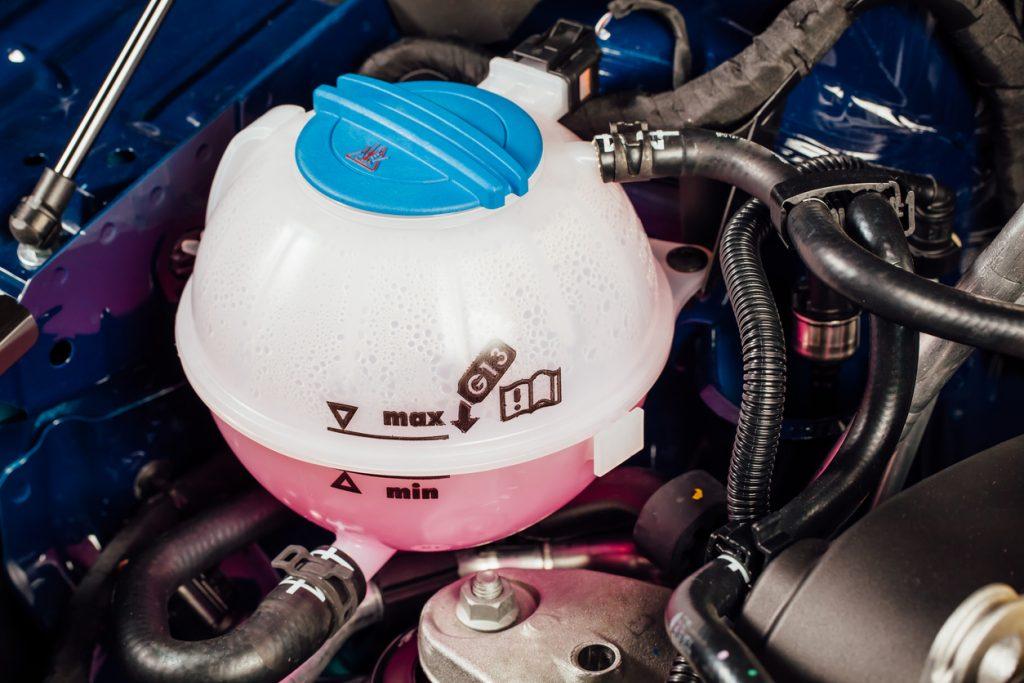 Source: carfromjapan.com
Source: carfromjapan.com
As your engine turns over and gets hot, the coolant that passes through and around your engine steals this heat away and carries it to the front of the car where it’s cooled off by the radiator and cooling fans. This type of coolant uses organic acids as an inhibitor. The coolant travels through the hoses from the radiator, through the engine to absorb the excess engine heat, and back to the radiator. It stops the water in the system from freezing under normal cold weather conditions and it also raises its boiling point. It�s usually a dilution of antifreeze.

Also referred to as antifreeze, its primary function is to absorb the extreme heat generated by a running engine. Your engine, the cooled portion of the coolant is replaced with a fresher portion. Antifreeze is a liquid that�s added to a car�s engine cooling system. This type of coolant uses organic acids as an inhibitor. What does coolant do for my engine.
This site is an open community for users to do sharing their favorite wallpapers on the internet, all images or pictures in this website are for personal wallpaper use only, it is stricly prohibited to use this wallpaper for commercial purposes, if you are the author and find this image is shared without your permission, please kindly raise a DMCA report to Us.
If you find this site beneficial, please support us by sharing this posts to your favorite social media accounts like Facebook, Instagram and so on or you can also save this blog page with the title what does coolant do in a car by using Ctrl + D for devices a laptop with a Windows operating system or Command + D for laptops with an Apple operating system. If you use a smartphone, you can also use the drawer menu of the browser you are using. Whether it’s a Windows, Mac, iOS or Android operating system, you will still be able to bookmark this website.

Category
Related By Category
- Used cars erie pa Idea
- Weak car battery symptoms Idea
- Smart clinic urgent care information
- Tennis ball unlock car Idea
- Under the hood of a car diagram Idea
- Ugg care kit information
- Topeka car rental Idea
- Torrington urgent care Idea
- Urgent care allen park information
- Urinary care cat food information